
UNITE.rehab.perform
Denver's Best Sports Physical Therapy
Ski & Snowboard Survival Guide: Fitness Edition
It’s already October, which means ski and snowboard season is just weeks away!
With opening day around the corner, we want to help you get prepped for a fun and injury-free season! Snow sports are a favorite here in Colorado, but each year, many people experience injuries due to lack of preparation. Knee, hip, and low back injuries are common among skiers and snowboarders. To help you stay on the slopes safely, here are some tips and exercises you can add to your training now for a strong start to the season.
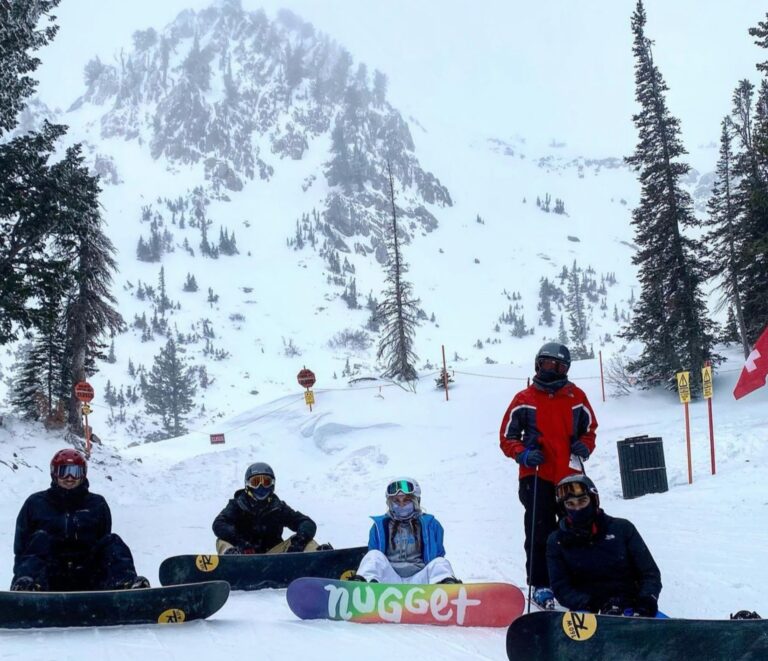
Mobility & Stability: A solid exercise routine starts with moblity and stability work to warm your joints for the day ahead. In skiing and snowboarding, your whole body is involved – some parts are in motion (hips, knees, and feet), while others provide stability (core, spine, shoulders, and upper body). To get ready for these demands, try incorporating these exercises into your routine.
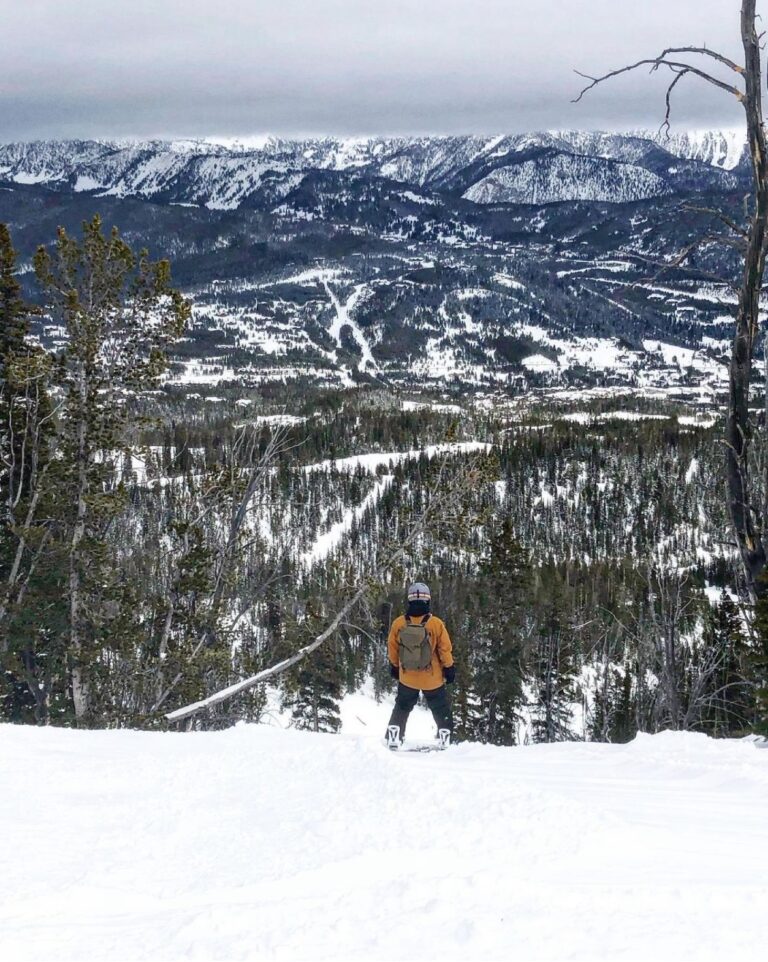
Hip Mobility: Rocking is a great way to move the hips gently through their range of motion and calm the nervous system to allow the joint to loosen up. Here are 3 variations of rocking we like to incorporate into a hip mobility warm-up.
QP Rocks
Elevated QP Rocks
Long Adductor Rocks
Hip Stability: After getting your hips moving, the next step is stabilization. Activating all te hip muscles – like the hip flexors in the front, adductors on the inner thighs, and glutes at the back – helps maintain balance and prevent compensations that can raise injury risk. Include these exercises in your warm-up and you’ll be slope-ready!
Spine/Pillar Mobility: Your spine was made to move! Especially when skiing or snowboarding, your spine rotates to keep your shoulder squared down the mountain. If you don’t get your spine moving, stiffness can lead to poor movements that increase your risk of injury. Incorporate these movements into your pre-season training and move better on the mountain!
Spine/Pillar Stability: Rotation/Anti-Rotational Training: Motion is great, but so is stability. How efficient are you going to be at skiing or boarding if you are keeping your shoulders square down the mountain and allowing your hips to rotates you carve your way down the mountain? This is why stability through your pillar is so important. Give these exercises a try and watch your stability while on the mountain improve!
Always remember, MOBILIZE THEN STABILIZE!
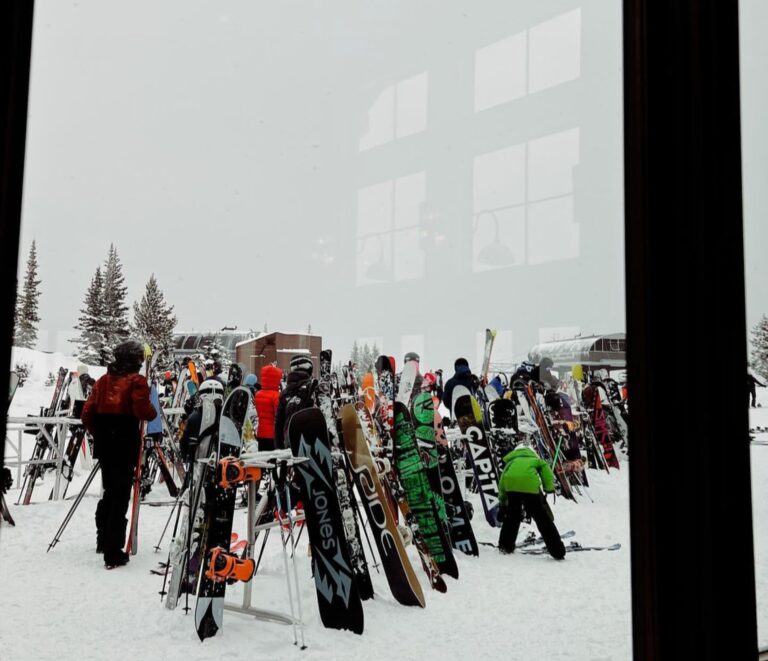
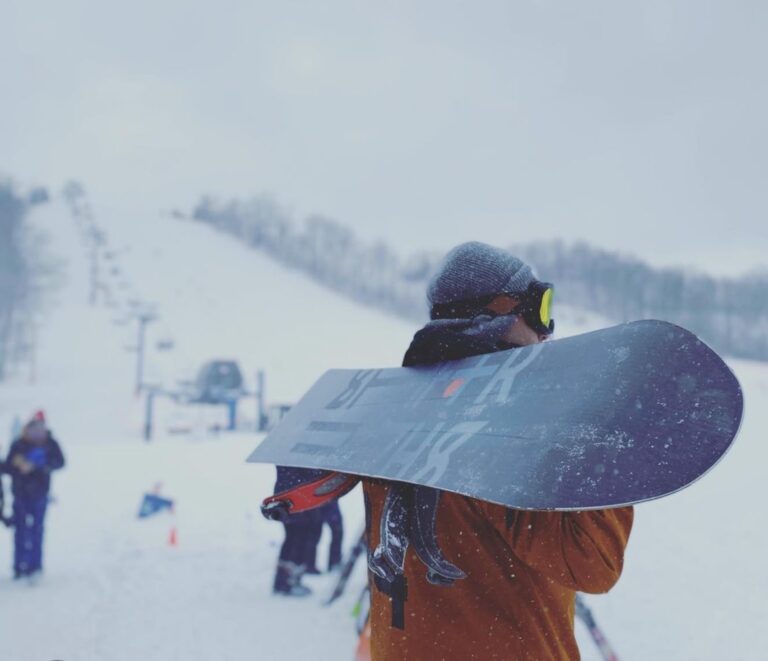
Endurance Training: We want you to be successful run after run, all day long. With those long ski days, and at elevation, we recommend you build a base of your cardiovascular endurance to ensure you don’t have to miss out on any fun this season. There are many different ways endurance training can be accomplished. If you like to run, you’re in luck, running is a great form of endurance training. Here are some other forms that would support your overall cardiovascular endurance and keep you on the mountain all day.
- Bike
- Row
- Circuit Training (low to moderate intensity exercises performed in a circuit style without rest breaks between exercises or rounds)
- Hiking (also may be an opportunity to train at higher elevation)
Whatever mode of endurance training you choose, just be sure to take it slow in the beginning. We like to follow the 10% rule. This means you will increase time or distance only 10% each week to avoid overtraining and increasing your risk of injury. Start with 10 minutes at a moderate pace and build from there.
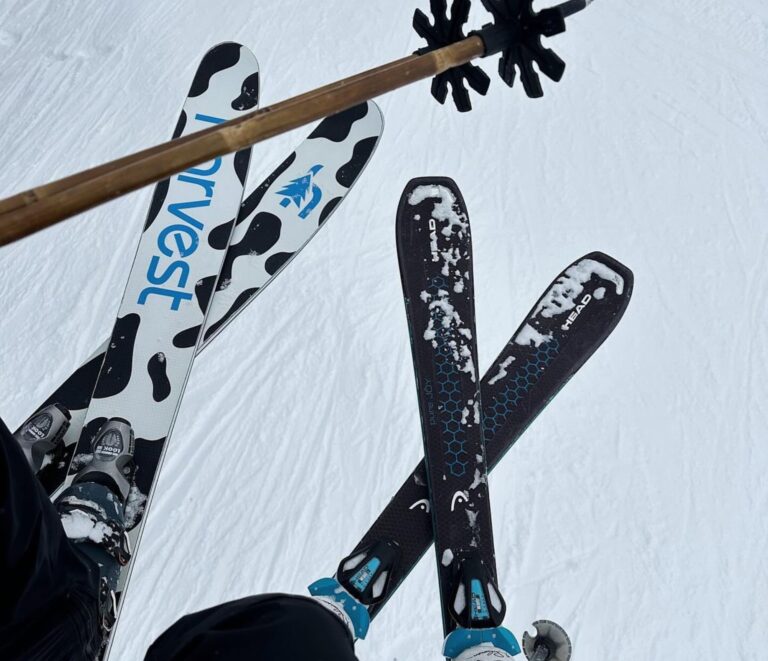
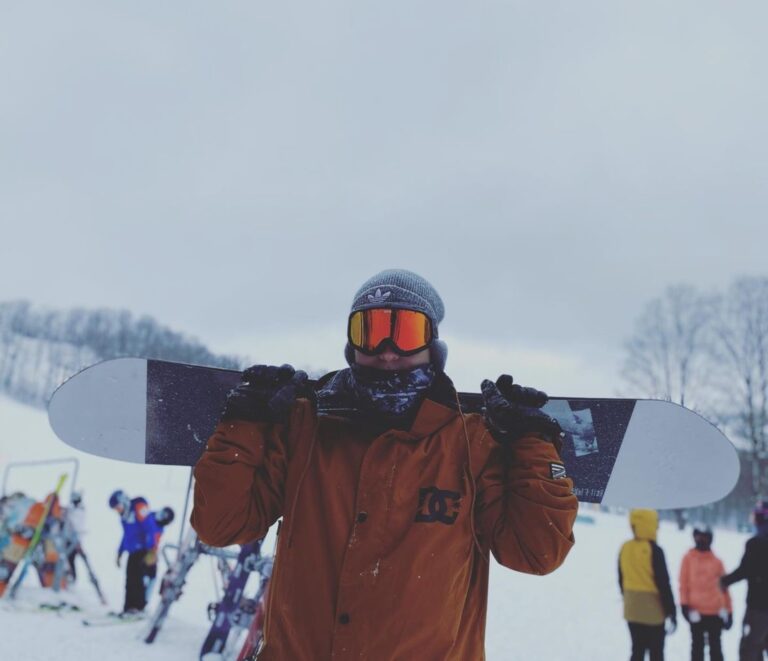
Strength Training is essential for a successful ski or snowboarding season. Beyond just building endurance to power through long days on the mountain, you need strength to prevent muscle fatugue that could increase injury risk. We approach training with a sport-specific focus designing workouts that align with the unique demands of your sport. For skiing and snowboarding, that means working across multiple planes of motion – and giving the feet special attention. Try these exercises in your weekly strength routine to boost your winter performance!
Lower Body: Including squats, lateral lunges, deadlifts, and hip thrusts are a great place to target the legs and work into the different planes of motion. These are the same muscles you will be using as you carve down the mountain.
Upper Body: Including tricep work, bicep work, latissimus dorsi, chest press, and overhead pressing will again hit all of the muscles in the upper body. This is great for skiing when using your poles and also to keep a well rounded routine balancing upper and body lifts.
Pillar Strength can help wiith spinal stability, control, and general strength throughout your trunk. This can allow you to improve your efficiency getting down the mountain and keep you in control on the harder runs that are more demanding on the body.Some of our favorite core exercises include Plank Variations, Butterfly Sit-Ups, Body Saw, and Pallof Rotations.
Foot Strengthening: Loading the different edges of your feet can improve control and stability in your boots. Your feet are in control of where yo go as you carve, ensuring you remain in control throughout your run. These are some ways to incorporate foot strengthening into you other movements.
Balance Training is valuable for any sport, but it’s especially crucial for downhill skiing and snowboarding Skiing requires you to quickly correct when you’re slightly off balance, while snowboarding demands stability with both feet on a single board. Practicing balance helps you stay in control and complements your strength training by mirroring the dynamic movements you’ll use on the slopes. Incorporate these balance exercises to support your ride down the mountain with confidence and control!
Plyometric Training is a great way to improve your ability to absorb impact through your lower body. This is essential when skiing as there may be an unexpected change in terrain or if you plan to do any moguls or terrain park runs. Landing from a jump requires large amounts of deceleration and force absorption through the lower legs. If you don’t prepare during the off season, you may be putting yourself at risk of injury and cutting your season short. Try incorporating these into your pre-season training!
Pogo Hops
Lateral Push
Box Jump Variations (double to double, double to single, single to single)
©2020-2025 UNITE.rehab.perform LLC. All rights reserved.
UNITE.rehab.perform does not provide medical advice, diagnosis, or treatment through this website or related content. See additional information.